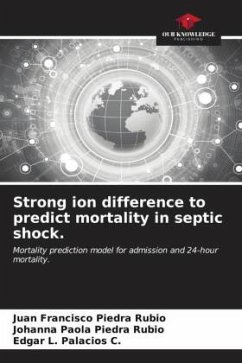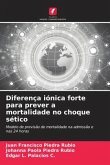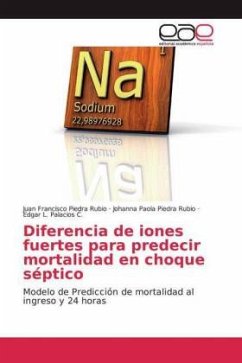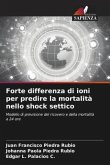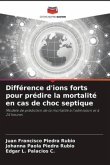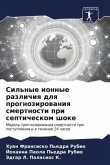Stewart's model examines the relationship between the movement of ions across biological membranes and the consequent changes in pH related to modifications in three dependent variables which are the strong ion difference (SID), total weak acids and pCO2; and corrects the calculations of the traditional approach related to the buffer curve, base excess and anion gap. Objective: To determine whether DIF calculated by Stewart's method predicts mortality in patients with septic shock. Methods: Epidemiological, observational, cross-sectional study of two cohorts. Total sample of 204 patients admitted to the ICU. Results: The DIF with cutoff less than 25 at admission showed a sensitivity of 0.50 and specificity of 0.97, while the DIF at 24 hours showed a specificity of 93% and a sensitivity of 83%, positive predictive value 0.92, negative predictive value 0.84 and an area under the curve of 0.92. The risk was established with a RR 6.087 CI 95% (3.91-9.47) p<0.05. Conclusion: The DIF measured by Stewart's method with a value less than 25 represents an increased risk of death.
Bitte wählen Sie Ihr Anliegen aus.
Rechnungen
Retourenschein anfordern
Bestellstatus
Storno

